Scientific Highlights 2021
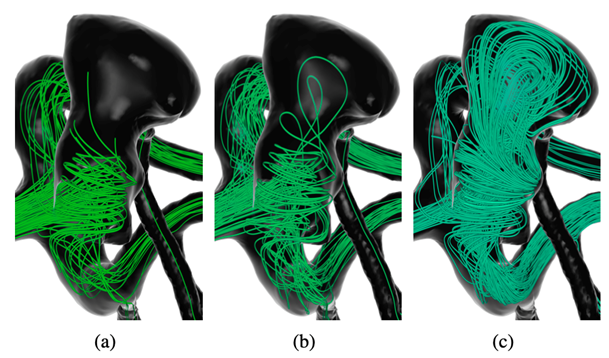
Visual exploration of intracranial aneurysm blood flow used for clinical research
Rupture risk assessment is a key to devising patient-specific treatment plans for cerebral aneurysms.
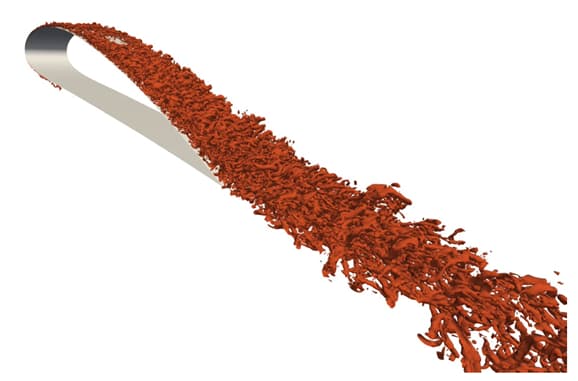
In situ visualization of large‐scale turbulence simulations in Nek5000
In situ visualization on high-performance computing systems allows us to analyze simulation results that would otherwise be impossible, given the size of the simulation data sets and offline post-processing execution time.
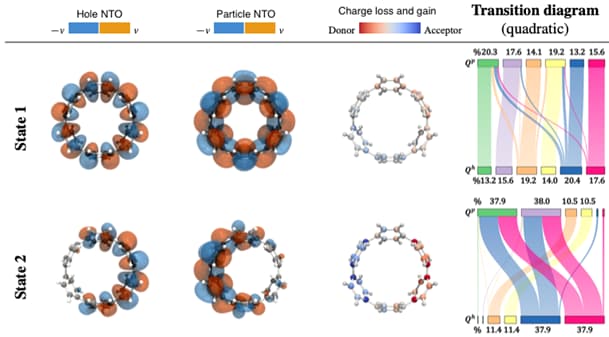
Visual Analysis of Electronic Densities and Transitions in Molecules
The study of electronic transitions within a molecule connected to the absorption or emission of light is a common task in the process of the design of new materials.
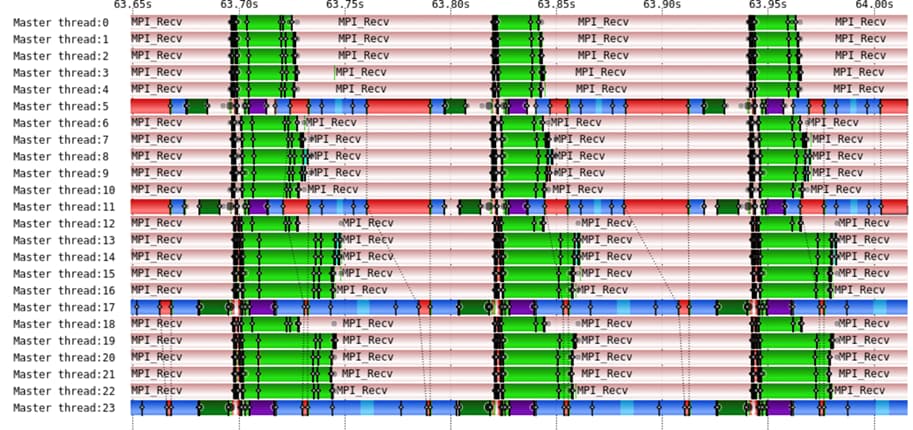
Breaking down GROMACS Parallel Performance
In this work, we quantified GROMACS parallel performance using different configurations, HPC systems, and FFT libraries (FFTW, Intel MKL FFT, and FFT PACK).
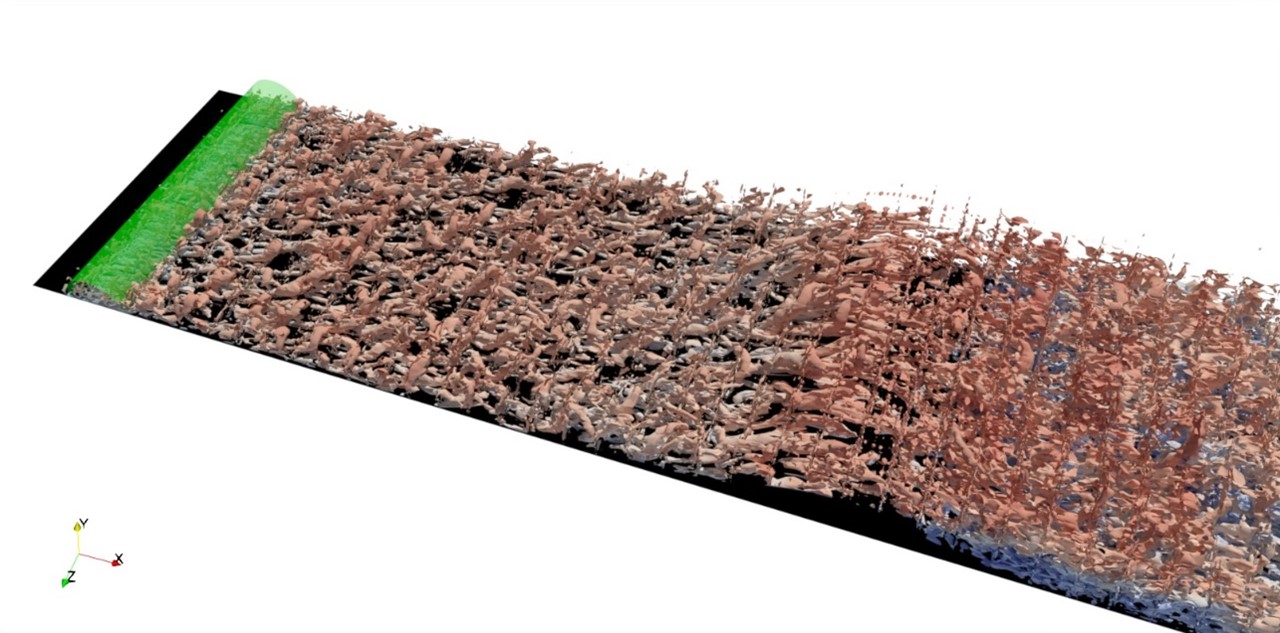
High-fidelity simulations on massively parallel architectures for aeronautical applications
Simulations of flow over a smooth bump are being conducted by R. Stanley under the supervision of Drs. Mukha, Schlatter, and Markidis. Currently, numerical tripping is used to trigger transition of the incoming boundary layer to turbulence.
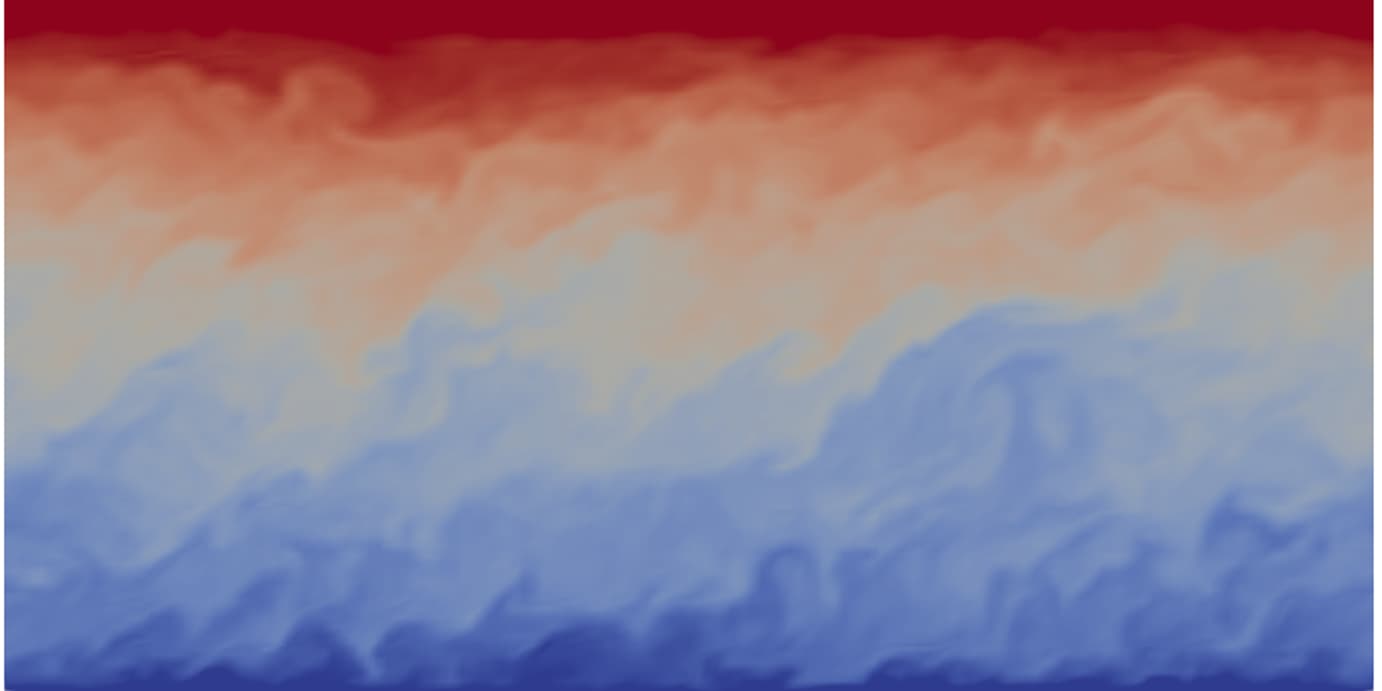
Atmospheric boundary layers
Recent developments in large-eddy simulation of thermally stratified atmospheric boundary layers (ABLs) are achieved in collaboration by Drs. Mohanan, Mukha, Brethouwer, Schlatter, Henningson and Svensson.
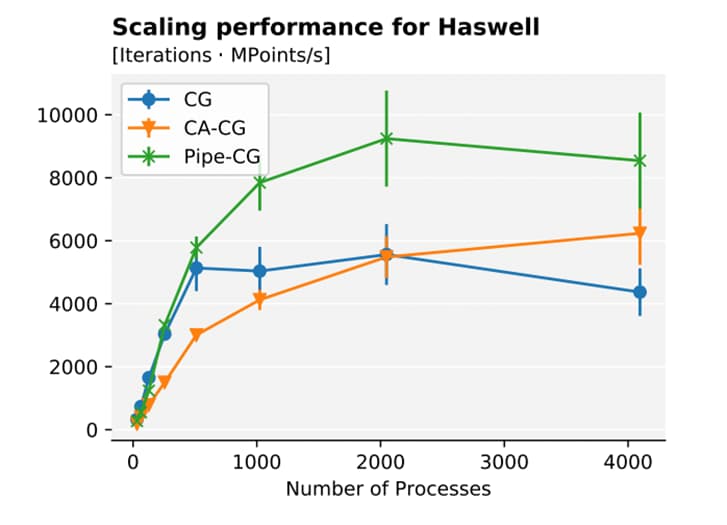
Developing Communication-Avoiding Schemes for Exascale Spectral Element Codes
We investigated a communication-bound solver at the core of many high-performance applications, namely the Conjugate Gradient (CG) method.

Parallelization of electrostatic over multiple GPUs in GROMACS
In most molecular dynamics simulations the 3D fast Fourier transform used for calculating the long-range electrostatic interactions is what limits parallelization.

Development of a novel AI-based risk stratification model for intermediate risk breast cancer patients
This study is one of the first AI-based computational pathology studies that focus on precision diagnostics, i.e. extracting novel information that can be used to risk stratify patients beyond current clinical routine.

KARISMA trial results: chemoprevention for breast cancer
We completed the KARISMA trial (PI Per Hall) and show for the first time in a 6-armed controlled randomized trial (n=1440) that low-dose Tamoxifen induces noninferior magnitude of breast density decrease at a 2.5 mg dose, but fewer side effects compared with the standard dose of 20 mg [4].

Modern approaches to prostate cancer screening: trial results from the STHLM3-MRI and STHLM3-AS studies
We finished the STHLM3-MRI trial and wrote the first two publications from the trial, published in the New England Journal of Medicine (impact factor 91) and the Lancet Oncology (impact factor 54) (Eklund et al 2021, Nordström et al 2021).

Health economic evaluations of prostate cancer testing in Sweden
We provided important evidence to policy makers on prostate cancer screening and testing.

Topological analysis of density fields: an evaluation of segmentation methods for quantum chemistry applications
Topological and geometric segmentation methods provide powerful concepts for analysis and visualization of density fields.
High-throughput search of point defects in SiC
Point defects in semiconductors is an active field in quantum applications. These defects are used as sensors and qubits.
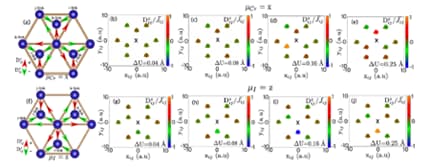
Spin-lattice couplings in two-dimensional from first-principles computations
Since thermal fluctuations become more important as dimensions shrink, it is expected that low-dimensional magnets are more sensitive to atomic displacement and phonons than bulk systems are.
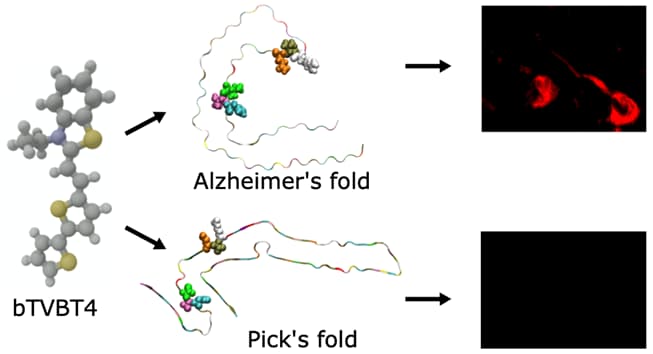
Tau Protein Binding Modes in Alzheimer’s Disease for Cationic Luminescent Ligands
The bi-thiophene-vinylene-benzothiazole (bTVBT4) ligand developed for Alzheimer’s disease (AD) specific detection of amyloid tau has been studied by a combination of several theoretical methods and experimental spectroscopies.
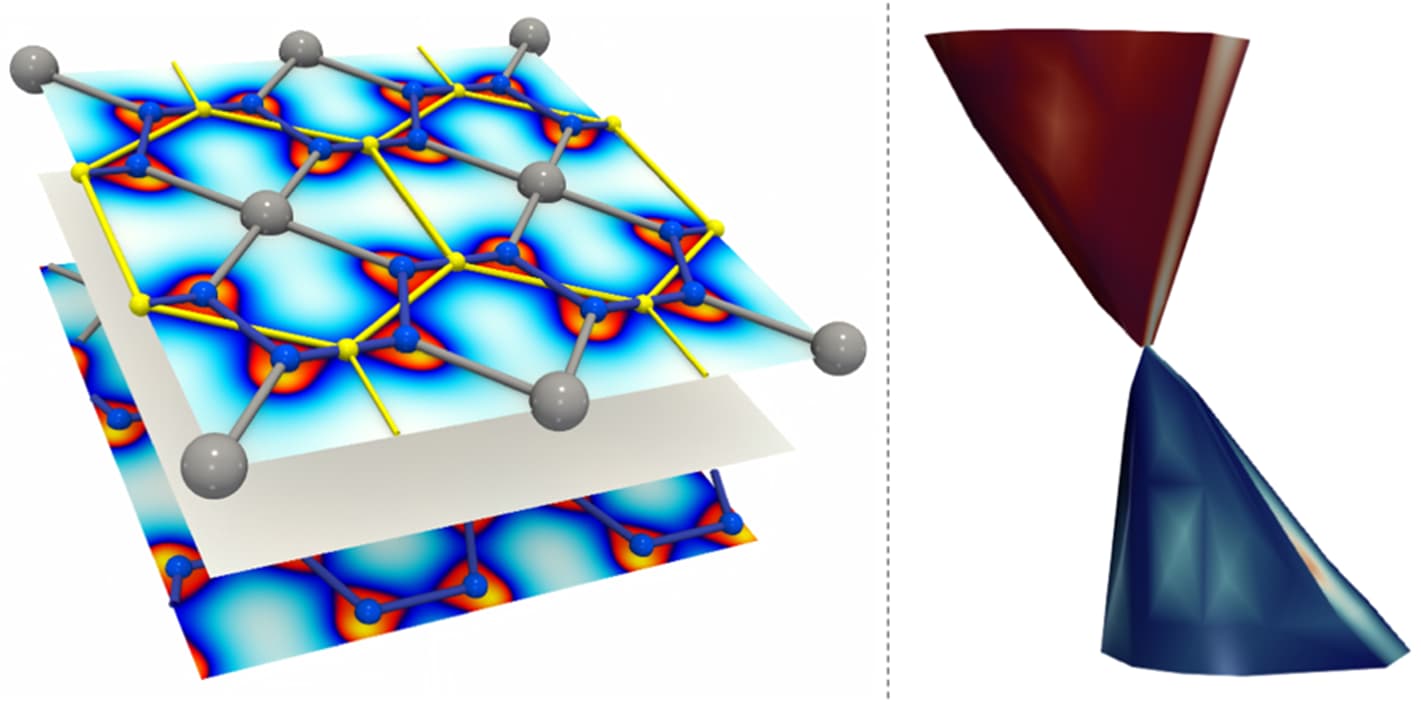
Discovery of a new Dirac material, layered van der Waals bonded BeN4 polymorph
In collaboration between theory, visualization and experiment we predicted and confirmed experimentally a possibility to synthesize new layered compound with atomic-thick BeN4 layers interconnected via weak van der Waals bonds consisting of polyacetylene-like nitrogen chains with conjugated π-systems and Be atoms in square-planar coordination.
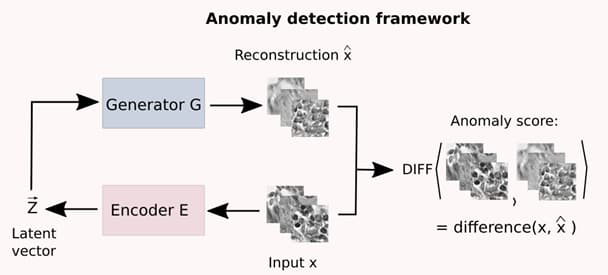
AIVisualization subproject: Using Machine Learning for anomaly detection in medical imagery
Milda Pocevičiūtė, Gabriel Eilertsen, Claes Lundström, “Unsupervised anomaly detection in digital pathology using GANs”, IEEE International Symposium on Biomedical Imaging, 2021.

CausalHealthcare subproject: Using principles from Physics to disambiguate the causal direction between variables in passively recorded data
Ruibo Tu, Kun Zhang, Hedvig Kjellström, and Cheng Zhang. Optimal transport for causal discovery.
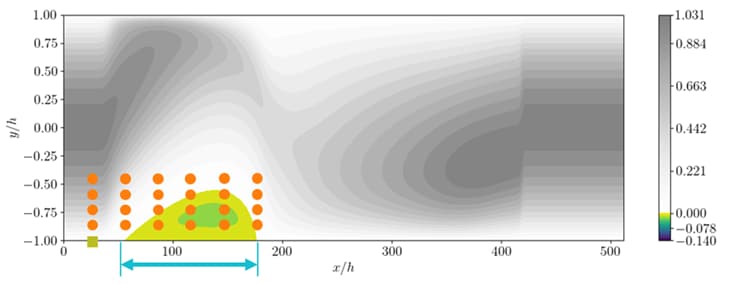
DeepTurbulence subproject: Using Machine Learning for controlling turbulent flow
Guastoni, Ghadirzadeh, Rabault, Schlatter, Azizpour, Vinuesa, “Deep Reinforcement Learning for Active Drag Reduction in Wall Turbulence”, American Physics Society, 2021.
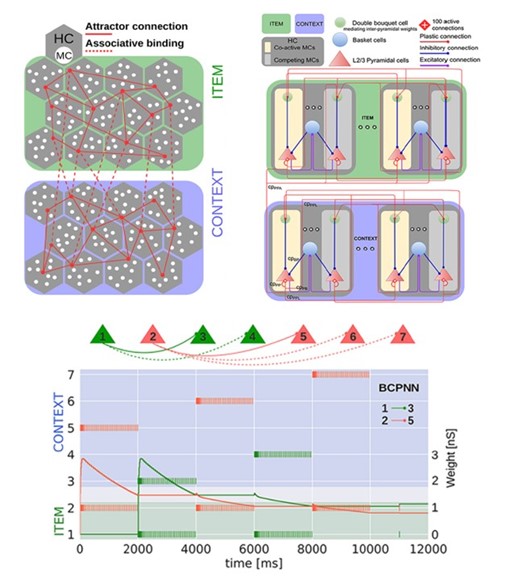
Towards systems network-of-networks modelling of memory phenomena and associative memory bindings
Figure legend: Building on the proposed indexing theory offering a unifying framework for explaining the interactions between short- and long-term memory networks underlying working memory function, we further explored the dynamics of associative binding between networks.
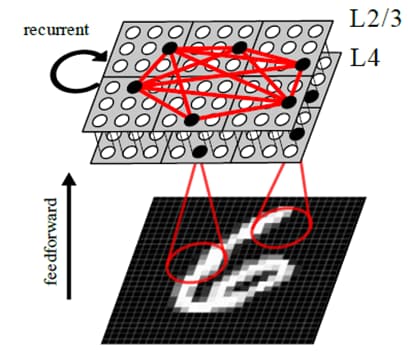
Towards cortex-like neural network architectures for holistic pattern recognition
Figure legend: Continuing the major effort in developing a brain-like neural network architecture for holistic pattern recognition the focus has been on evaluating its capability to learn input representations.
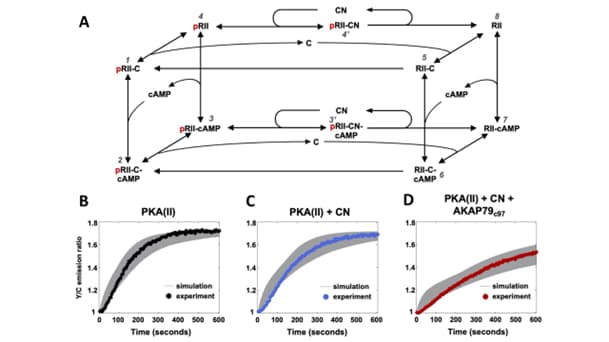
Used the subcellular model building, calibration and analysis toolbox to elucidate the regulatory role of calcineurin for PKA activation
Figure legend: We have built a biochemical model of protein kinase A (PKA) activation by cAMP and its inhibition by calcium activated phosphatases such as calcineurin (CN) using our workflow for modeling and data-driven calibration and analyses of systems biology models.

Differentiating ADHD subtypes and simulation of therapeutical interference
Figure legend: The oscillator model dynamics for the Control and ADHD subgroups.
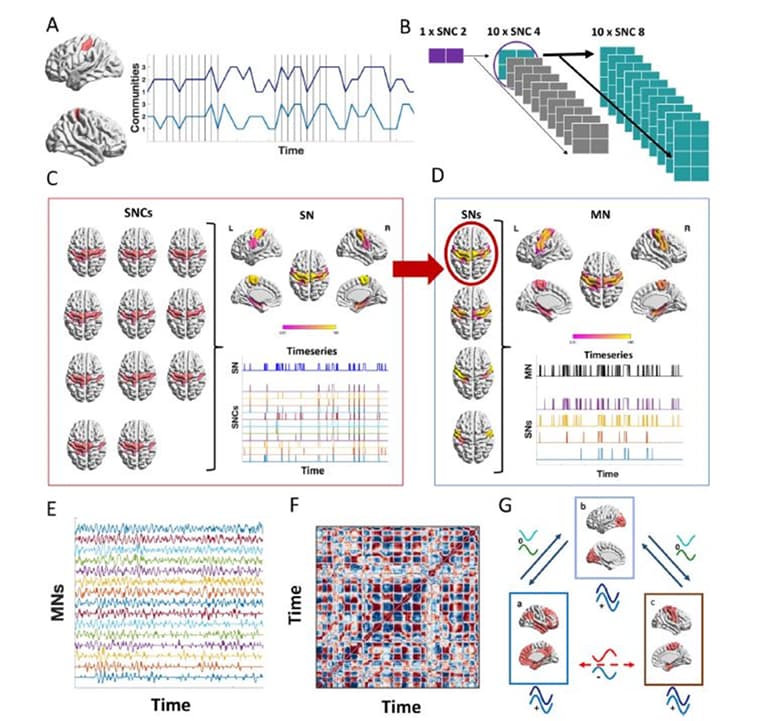
Flexible subnetworks reveal the quasi-cyclic nature of integration and segregation in the human brain
Figure Legend: Schematic figure that summarizes the key steps for the proposed model. A) The calculation of the parameter q int is illustrated for the case of a pair of brain areas in the left and right motor cortex.




